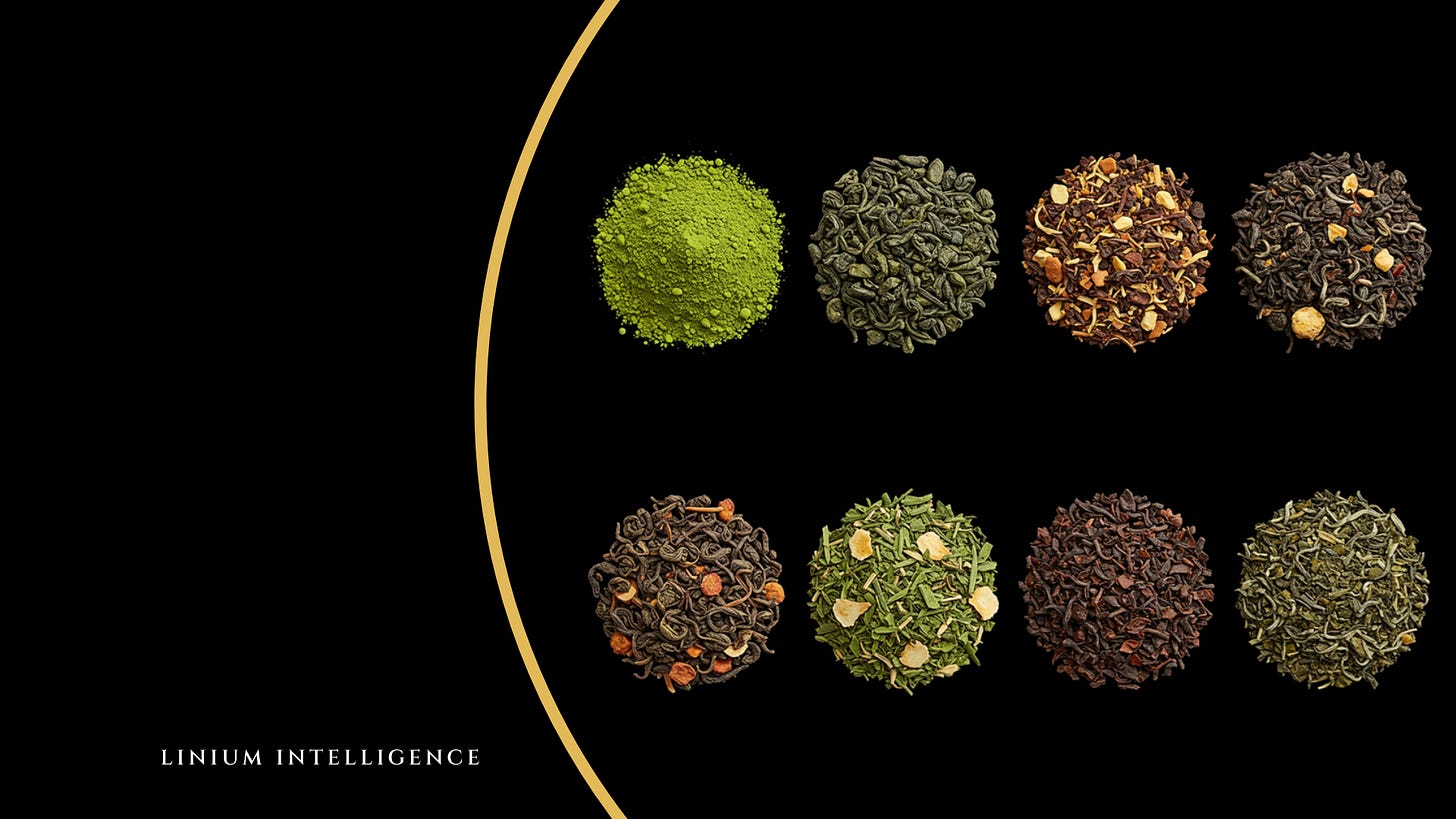Malaysia’s tea leaf and tea powder market represents a robust and evolving segment of the country’s beverage industry. Estimated to be worth over MYR 600 million, the market has demonstrated a decent growth trajectory in the single digits, reflecting sustained consumer demand for convenient, premium, and diverse tea options. Within this broader category, specific segments are performing distinctly; milk tea is seeing consumer interest with growth estimated at over 5%, driven by innovations such as Thai Tea and Chai Latte as consumers, particularly younger ones, look to recreate the cafe experience at home. Green tea, a relatively mature space continues to see interest albeit at a relatively modest pace of growth.
Market Structure And Segmentation
The Malaysian tea market is quite fragmented, with a mixture of international, regional, and local brands catering to a variety of consumer needs. Key market segments include:
Teh Tarik: Traditionally made using black tea and sweetened milk, instant 3-in-1 Teh Tarik sachets have become a mainstay as consumers seek convenience. Teh Tarik powders represents over 10% of the market.
Green Tea: Popular due to their health benefits, green tea is estimated to account for nearly a fifth of the market.
Milk Tea: Catering to both younger consumers and family households, this segment holds an estimated mid single digit share of the market.
Black Tea And Other Specialty Blends: Black tea which includes plain black tea such, as well as black teas with infusions such as fruit, spice and herb extracts, is the largest segment by volume, representing over two thirds of the total market.
This segmentation reflects both cultural preferences and global trends, such as wellness teas and specialty infusions, allowing brands to target niche consumer groups while maintaining a strong presence in traditional tea categories.
Consumer Trends
Several distinct consumer trends are shaping Malaysia’s tea powder consumption:
Wellness And Functional Beverages: Brands like Dilmah are tapping into health-conscious consumption, positioning their offerings around wellness, relaxation, and functional benefits. This is reflected in rising interest in green tea and herbal infusions.
Social And Family Consumption: Ahmad and Boh, among others, have long been associated with family gatherings and social moments, reinforcing tea’s role as a staple in shared experiences and hospitality.
Premium And Connoisseur Experiences: Twinings and niche imported brands are carving out a space for consumers seeking a higher-end or experiential tea consumption, reflecting a willingness to pay for quality and heritage.
Gifting Market: Specialty teas are popular as gifts, particularly around festive seasons, indicating cross-over between lifestyle consumption and gifting occasions.
Competitive Landscape
The Malaysian tea powder market is highly competitive, with notable distinctions between market leaders and smaller niche players:
Market Leaders: Boh leads with at least a quarter of the market, particularly strong in black tea and traditional blends. Lipton follows with around a tenth of the market, widely distributed and recognized for convenience and everyday consumption. Ceylon tea stalwart Dilmah holds a single digit share leveraging wellness and gifting positioning. Twinings also accounts for a single digit share emphasizing premium and connoisseur experiences.
Regional And Local Brands: Numerous smaller brands such as Chek Huap, Old Town, and MonTea among others maintain niche appeal leveraging nostalgia and regional recognition.
The competitive environment underscores the importance of brand positioning, product differentiation, and alignment with evolving consumer behaviors. While market leaders maintain scale and visibility, niche brands are capturing growth in targeted segments, particularly those focused on wellness, connoisseur experiences, and gifting.

